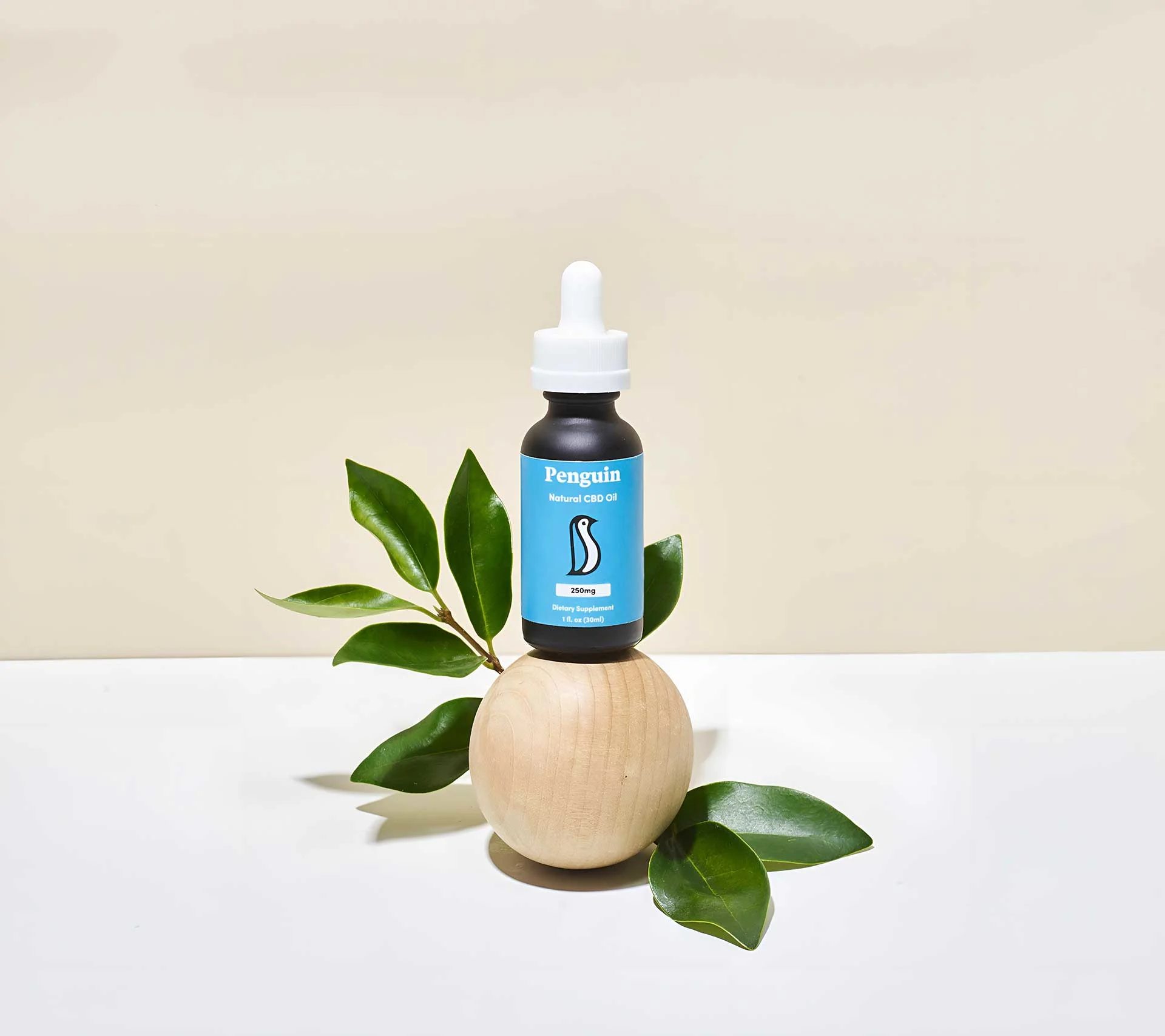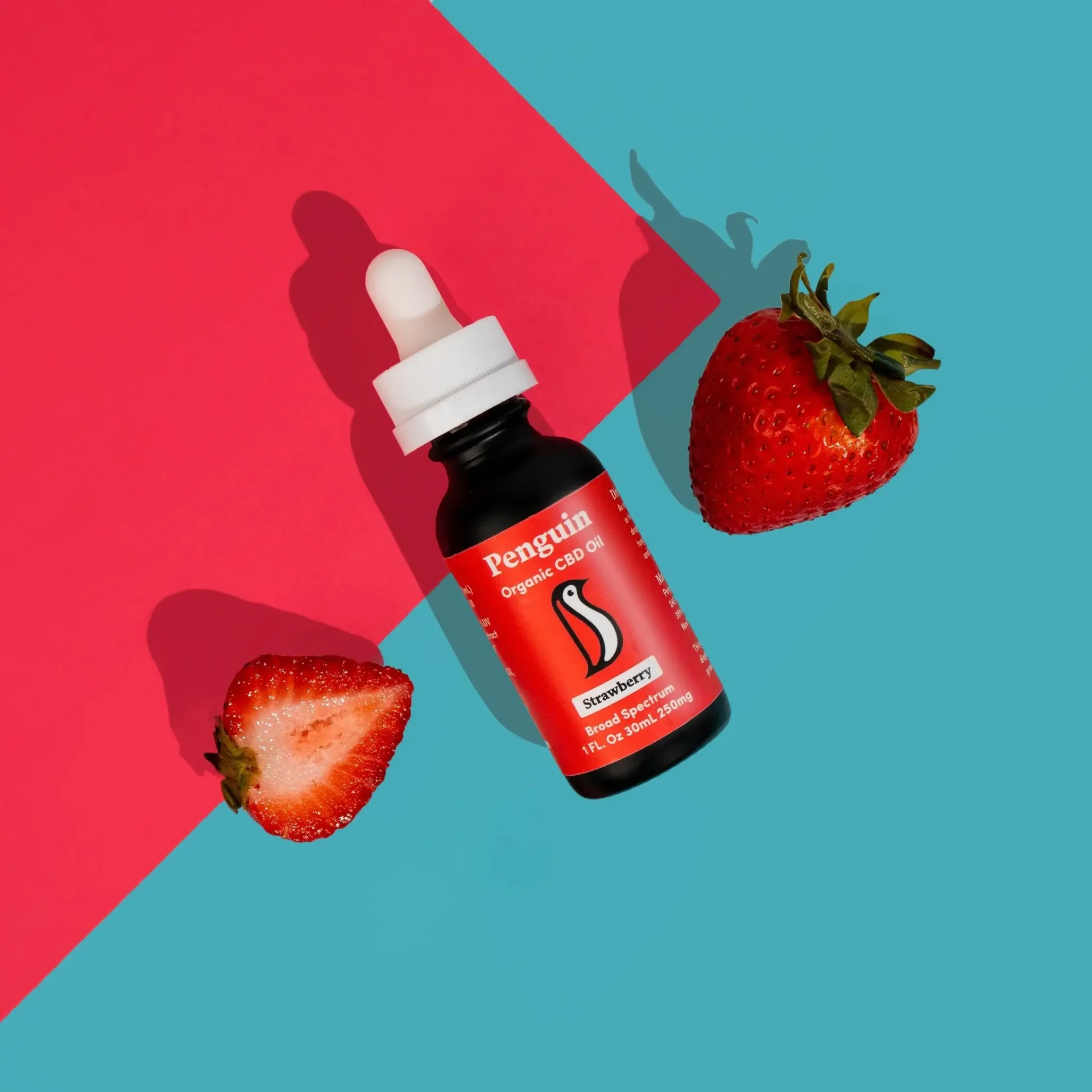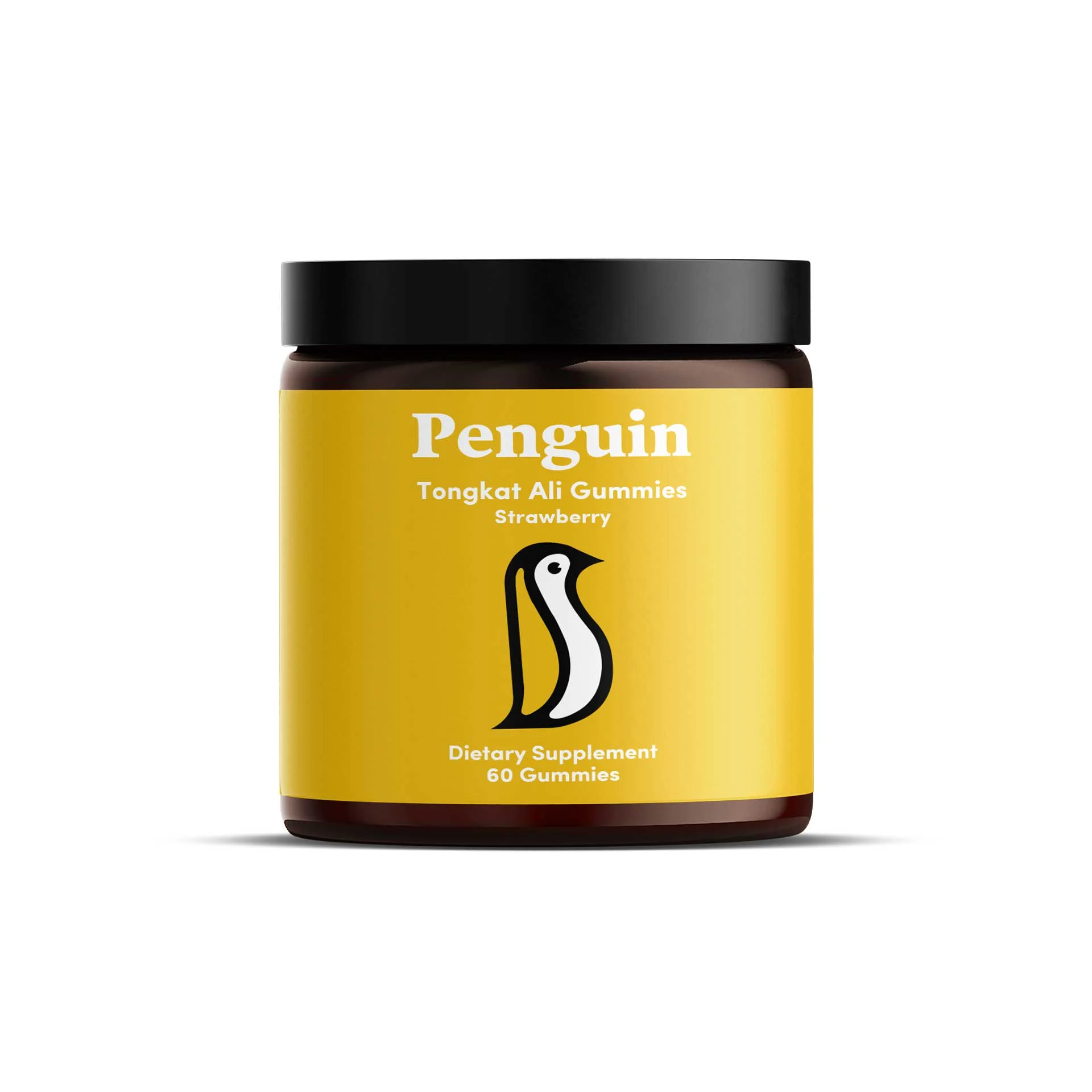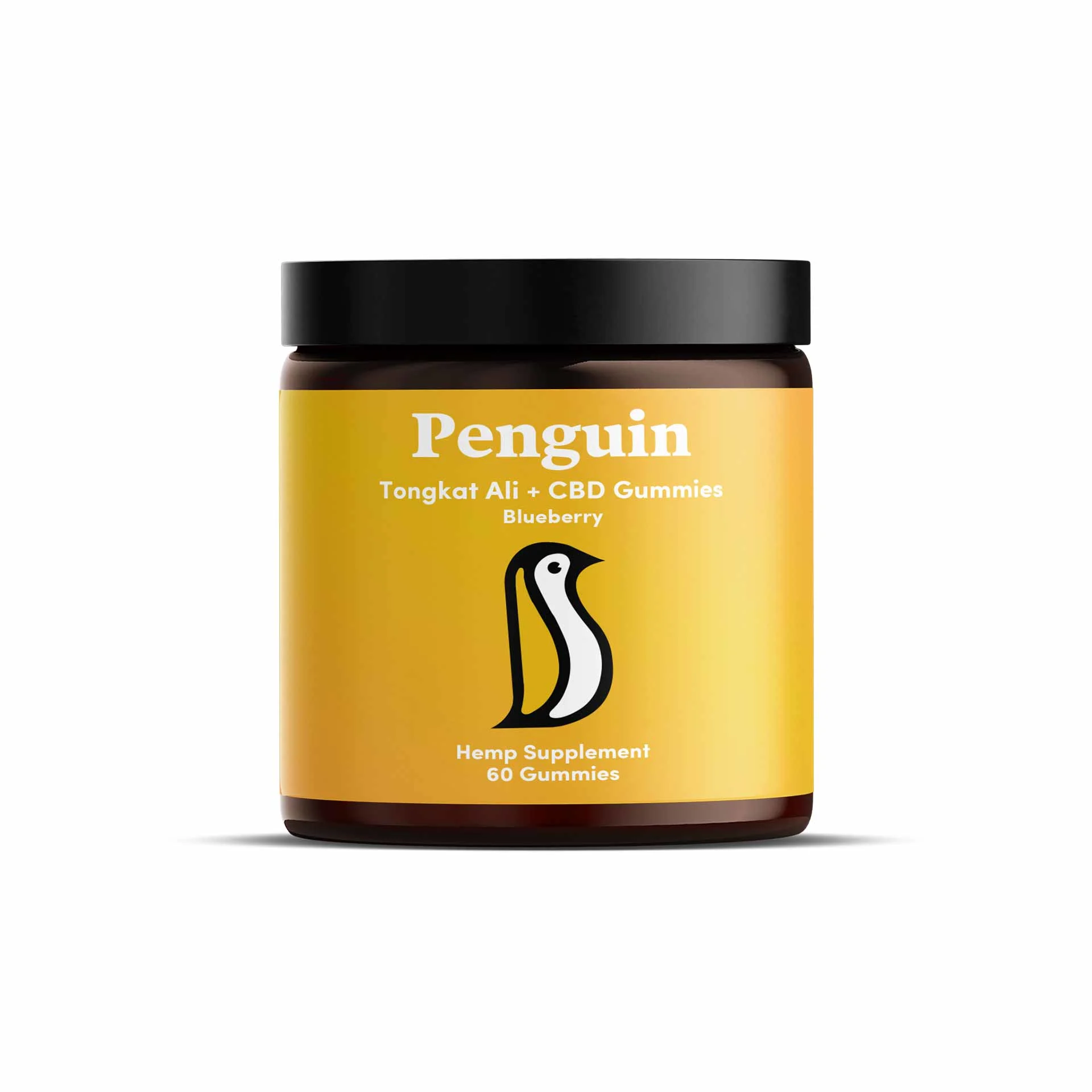How to Find the Right CBD Oil
 By Penguin CBD
By Penguin CBDThere’s a problem. A human problem. It’s the problem of choice, sometimes referred to as the paradox of choice. We think that the more choices we have, the better the final outcome should be.
However, the opposite is usually true: The more choices available, the more difficulty we have in making the choice. Then there’s the familiar experience of buyer’s remorse. It’s the feeling that the choice you made was not the best choice, which results in feelings of longing or sadness.
CBD buyers today are facing the problem of choice. When you look at today’s CBD market, you have more choices than you can keep track of. If you’re having a hard time deciding which CBD oil for sale is right for you, keep reading. This guide to selecting the correct CBD oil for your needs should get you moving in the right direction.
Consulting With Your Physician Is Step One
Before deciding which CBD oil is correct for you, speak with your doctor or physician about starting a new routine. Of course, they’ll want to be informed about how you’re maintaining your health, and the inclusion of CBD in your diet is highly relevant. For example, there are some known interactions between CBD and conventional pharmaceuticals.
In fact, a 2019 article published in the Journal of Clinical Medicine noted that “CBD has intrinsic pharmacologic effects and associated adverse drug events (ADEs) along with the potential for pharmacokinetic and pharmacodynamic drug-drug interactions (DDIs).”
This means that taking CBD may impact how your body handles any medical drugs you may be taking. That’s why the first step before deciding which CBD oil is right for you is to speak with your doctor about any potential issues.
As the authors of the 2019 article indicated, “increased awareness is needed among the lay public who are recreational or consumer CBD users.” That awareness can lead to a better experience for you. The worst known interactions can lead to the inactivation of some important types of medicine, so be sure to consult your physician before starting any new CBD regimen.
While speaking with your doctor or physician should be the first step in choosing a CBD oil, there are some other things to keep in mind before making a purchase.
Be Picky About Where Your CBD Is Grown
Where CBD is allowed to be grown has been expanding over the years. The 2018 Farm Bill allowed for its cultivation in the U.S., and an array of similar laws have been enacted across Europe. However, that does not mean that all CBD is grown in the same way and to the same standards.
Since government agencies in the United States have no jurisdiction in other countries, there is no guarantee that the products from those countries won’t be grown in a substandard way. While Americans are allowed to farm and harvest hemp for the production of CBD, the Farm Bill set several standards:
- Farmers must test their crops at certain points to ensure they are following regulations.
- Hemp crops are covered under crop insurance.
- Hemp must not show THC above 0.3 percent. Anything above that level is considered “hot” and must be destroyed.
- Potential CBD farmers must agree to shared state and federal regulatory powers, which are dependent upon their location.
We recommend purchasing CBD products that are growing right here at home, for two reasons: You’ll support your local community and farmers, and you’ll know you’re getting the most highly regulated products in the world.
However, knowing those two things does not necessarily mean you’re getting a safe and healthy product. How the CBD is processed determines a lot about its suitability for you.
How CBD Oil Is Processed Changes Its Value
The idea that a plant is more than its outward appearance is nothing new. For millennia, people have been experimenting with ways to remove compounds from plants. Only within the past few decades have highly technical ways of extracting plant compounds been made possible. However, a 2018 article from the journal Molecules noted that CBD preparations vary wildly from one extraction method to the next, including the terpene profile that is left behind.
Hydrocarbons
You might know hydrocarbons as things you cook with or put in your lighter: propane and butane. Hexanes such as these carry distinct hydrocarbons and can be used as solvents to extract compounds from plant material.
While they are inexpensive methods of extraction and quite effective at obtaining a high percentage of compounds, some forms of butane extraction have been shown to leave behind potentially dangerous levels of volatile compounds. A 2017 study suggested that lung irritants may be formed from residual volatile chemicals left on the products after extraction using butane.
CO2
A good reason to look for CBD extracted using CO2 is that it mitigates the dangers of inhaling residual hexanes and benzenes.
If that isn’t enough, consumers also indicate that CO2-extracted products have improved taste and a cleaner feeling than other types of CBD products. It may be that CO2 extraction leads to an enhanced array of terpenes as well. In the aforementioned 2018 article, the authors noted that the oil with the most terpenes, by far, was extracted using supercritical CO2.
Food-Based Oils
While most companies will simply use food-based oils (like MCT) as a carrier oil, there are some companies that extract the cannabinoids using a medium such as olive oil. These types of food-based oils are quite effective at extracting cannabinoids and other plant compounds. However, their use in the marketplace is limited compared to other extractions, since the activation temperature of the pharmacokinetic compounds is lower than the boiling point of the oil.
This means that these types of extractions work best when added to other foods as:
- Dressings
- Replacements for butter or traditional oils
- Spritzers
- Drink additives
Food-based oils aren’t the only way to get some flavor with your CBD, however.
Flavoring
Have you ever gone to a new restaurant, tried something you’d never eaten before and realized after the first bite that it was disgusting? Some people have had that experience with unflavored CBD products. It’s not a surprise, since CBD extract, without any flavoring, is extremely earthy. It can be like biting into a leaf or grass. Usually it’s quite mild, but for the first-time consumer, it may be unexpected.
Thankfully, CBD oils can be easily flavored without negatively impacting the quality of the oil. At Penguin CBD, we offer an array of flavors to suit every taste, including:
- Cookies & cream
- Strawberry
- Citrus
- And more!
Even better, our Oregon-grown CBD oil comes in a variety of dosages to match your lifestyle.
Dosage
For the beginner browsing CBD oils, there might be some confusion over what they are purchasing. CBD oils often come in a single size bottle, but with different amounts of the cannabinoid. It’s important to look closely at the label to determine the dosage in the bottle.
Typically, dosages start at 250 milligrams, and can go up over 1,000 milligrams per bottle. While the bottle remains the same size, the price will increase in tandem with the rise in milligrams of CBD per bottle.
We like to help our customers who need a lot of CBD to keep themselves rejuvenated throughout the day. That’s why you’ll see the price per milligram drop when you purchase our higher-dosed CBD oils. It’s our small way of offering the best CBD to everyone without breaking the bank on people who need it the most.
However, the price of CBD oil isn’t just affected by the milligrams of CBD per bottle. A range of factors go into price.
Price
Yes CBD is expensive, but everyone has a price. And everyone has a price limit on what they will pay for their CBD oil. What’s your price? When determining your options, make sure you keep the following points in mind regarding price levels. Note that you generally get what you pay for.
Testing procedures
If a company tests its products at the bare-minimum frequency with the cheapest third-party lab they can find, their testing procedures won’t represent a significant portion of their annual budget. As a result, their products may reach the most economical of CBD consumers.
Staying on top of their products and continuously testing to ensure safety and legal guidelines are met, some companies invest more heavily in their testing procedures. This can drive up the cost of the products.
Test results are often found on the product’s label or the company website. Those results will show a date. The test results can give you a sense of how often a company tests its products.
Origin of CBD
Whether you live in Maine, Florida, Michigan or California, you would probably prefer that your CBD be sourced from the United States, right?
Sure, you have the option to buy CBD products online from other countries. You may even find them at reduced prices. But hemp grown outside of the United States may come from a country with lax regulations or little oversight on chemical usage or THC levels.
To be sure that you’re getting the best products, and those that are safe and legal, American-grown hemp is the way to go. We have some of the most fertile land for hemp on the planet, and you can help American farmers from Kentucky to the Pacific Northwest keep your CBD dollars at home.
Brand Positioning
A major but often overlooked factor in the price of your CBD oil is the brand’s positioning. Each brand attempts to establish a niche and occupy a certain segment of the market. This allows them to target a specific type of customer.
Some brands attempt to sell to anyone who has a few dollars to spare. They place everything concerned with product development on a budget and let marketing do the rest. These products target the economical consumer who isn’t worried about the testing results or ingredient.
Other brands target the bourgeois. They market to people with serious money to spend. With every component manufactured like Swiss clocks, their price tags jump considerably (even though the oil they deliver may be no better than that offered by less pretentious companies).
If the brand you’re purchasing from focuses on quality products and using the best CBD available, then you’re likely to see a sticker markup. That brand is probably aimed at the conscious consumer—the one who reads every label. They know that their price is worth the upsell because they sell a superior product.
But how do you know which company is selling a superior product without reading every label?
Brand Reputation
If you want to choose the correct CBD oil for you, you’ll probably want to start with a brand that has a good reputation. The best CBD brands have a handful of things in common:
- They listen to the consumer.
- They offer popular product types.
- They source the best hemp.
- They don’t spread misinformation.
- They get involved and give back.
Listening to the consumer often results in offering the most popular product types. And sourcing the best hemp means brands don’t need to spread information.
That means if you look for a brand with high-quality CBD oil sourced and produced in the USA, then the only missing ingredient is their commitment to giving back. Some get involved with their communities, and others show a clear devotion to presenting the best information about CBD online on a regular basis.
When it comes to choosing the right CBD oil for you, look for the one that keeps you informed about CBD.
Experimentation
Given all the different variables you’ll have to juggle when deciding which CBD oil is right for you, the final variable is the most important: you.
Everyone reacts to CBD in their own unique way. Given your metabolism, body type, mental state and past experiences, there is no telling exactly how you will react to CBD before you begin consuming it. That’s why it’s so important to experiment with CBD in a thoughtful manner.
First, remember the CBD mantra: “Start low and go slow.” If you ever think you might be on the path to consuming too much CBD, step back. It’s better to start with as low a dose as possible until you find satisfaction.
Not sure what dose to start with? Begin with the least CBD-rich products and the lowest recommended dose on the label. Using that as a guide, you should be able to slowly increase your dose until you find what will be considered your “baseline threshold”—that is, the minimum amount of CBD you need for your first dose. After you know that level, you can vary and experiment with your needs.













